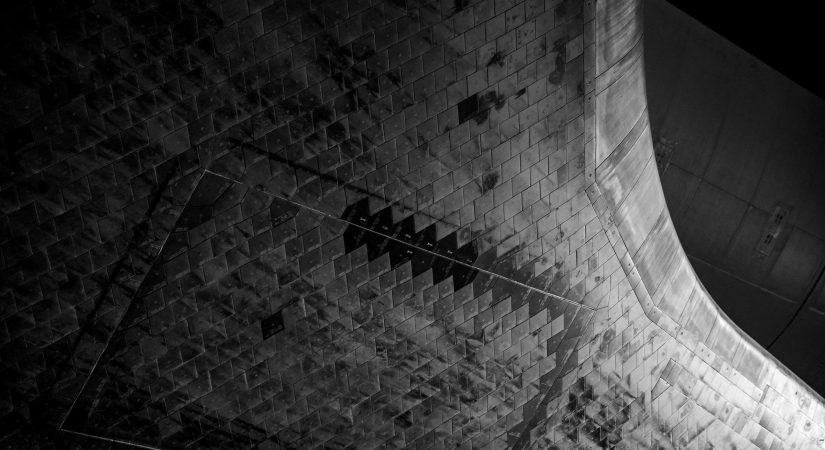Japanese space startup, ispace inc, has announced that its Hakuto-R Mission 1 (M1) lander likely crashed on the lunar surface during its attempt to make the first private moon landing. The failure occurred after the lander unexpectedly accelerated and lost contact. The startup’s altitude measurement system might have miscalculated the distance to the surface as it approached the moon. As a result, the lander went into free-fall towards the surface, running out of fuel to fire up its thrusters. This setback comes just a week after the Starship rocket of Elon Musk’s SpaceX exploded minutes after take-off.
Private Lunar Landing Attempts: A Brief Overview
To date, only the United States, the former Soviet Union, and China have soft-landed spacecraft on the moon. The national space agencies of India and a private Israeli company have also attempted a lunar landing in recent years, but both were unsuccessful. This recent attempt by ispace adds another failure to the list.
Ispace’s Recent Listing on Tokyo Stock Exchange and its Prospects
Ispace had just listed on the Tokyo Stock Exchange two weeks ago. Since then, the startup’s prospects of delivering payloads like rovers to the moon and selling related data had driven up its shares seven-fold. However, the failed moon landing led to a glut of sell orders on Wednesday, resulting in the stock finishing down 20%.
Japan’s Ambitious Space Goals
Japan aims to send Japanese astronauts to the moon by the late 2020s, but it has had recent setbacks. The national space agency had to destroy its new medium-lift H3 rocket last month after its second-stage engine failed to ignite. Its solid-fuel Epsilon rocket also failed after launch in October.
Mission Objectives and Valuable Data
The M1 lander completed eight out of ten mission objectives in space, providing valuable data for the next landing attempt in 2024. Ispace’s CEO, Takeshi Hakamada, stated that the data would prove useful for the startup’s future missions. In 2024, the M1 will carry ispace’s own rover, and from 2025, it will work with the U.S. space lab Draper to bring NASA payloads to the moon. The ultimate goal is to build a permanently staffed lunar colony by 2040.
Possible Cause of Failure: Brakes on a Ski Slope
During its landing phase, the 2.3-meter-tall M1 tightened its orbit around the moon from 100 km (62 miles) above the surface to roughly 25 km, traveling at nearly 6,000 km/hour (3,700 mph). Slowing the lander to the correct speed against the moon’s gravitational pull is akin to squeezing the brakes of a bicycle right at the edge of a ski-jumping slope, according to Chief Technology Officer Ryo Ujiie.
Payloads and Devices on Board
The lander was carrying a two-wheeled, baseball-sized rover developed by the Japan Aerospace Exploration Agency, Tomy Co Ltd (7867.T), and Sony Group Corp (6758.T). It also planned to deploy a four-wheeled rover dubbed Rashid from the United Arab Emirates. Furthermore, the lander was carrying an experimental solid-state battery made by Niterra Co Ltd (5334.T), among other devices to gauge their performance on the moon.
Japan Encourages ispace to Keep Trying
While the failed mission is a disappointment, Japan’s top government spokesperson, Hirokazu Matsuno, has said that the country wants ispace to keep trying as its efforts are significant to the development of a domestic space industry.
